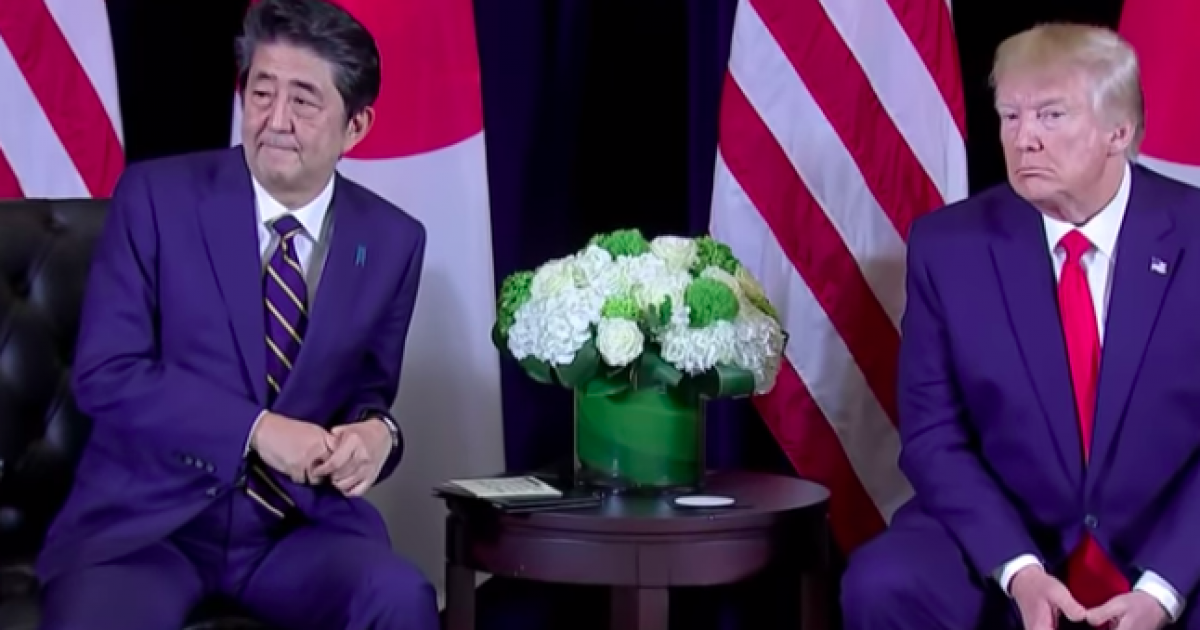
On Wednesday, September 27, 2019, President Donald Trump and Japanese Prime Minister Shinzo Abe agreed on agricultural and digital trade provisions of a much larger trade deal between the two countries.
The agreement, which was finalized by Trump and Abe at the United Nations summit, aims to eliminate or reduce tariffs on $7.2 billion of U.S. agricultural goods that Japan imports.
This deal would also slash import taxes and other trade barriers for digital products. These include software, digital media, computer source code and data that are traded between the two countries.
However, this agreement did not cover the issue of auto tariffs, which has been a point of controversy.
On Wednesday, U.S. Trade Representative Robert Lighthizer stated that although autos are “not part of this agreement,” he hinted that the matter could be dealt with during a “second phase” of discussions for a more robust deal.
In addition, Lighthizer stated that “it is certainly not our intention, the president’s intention,” to impose tariffs on Japanese autos.
Nevertheless, Trump celebrated this measure as a “huge victory for America’s farmers, ranchers and growers, and that’s very important to me.”
Abe declared that the deal was a “win-win” for both countries that will “further galvanize the investment between the two sides” and “deepen our economic relations.”
Japan is a country that is generally on the same wavelength with the U.S. in terms of economic and national interests. So it makes sense to foster free trade and social cooperation with it.
America should do free trade deals on a bilateral and strategic basis. This latest Japan deal exemplifies an America First model of free trade that other elected officials should emulate.



